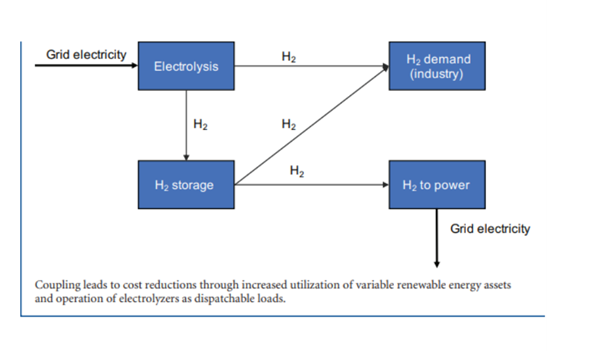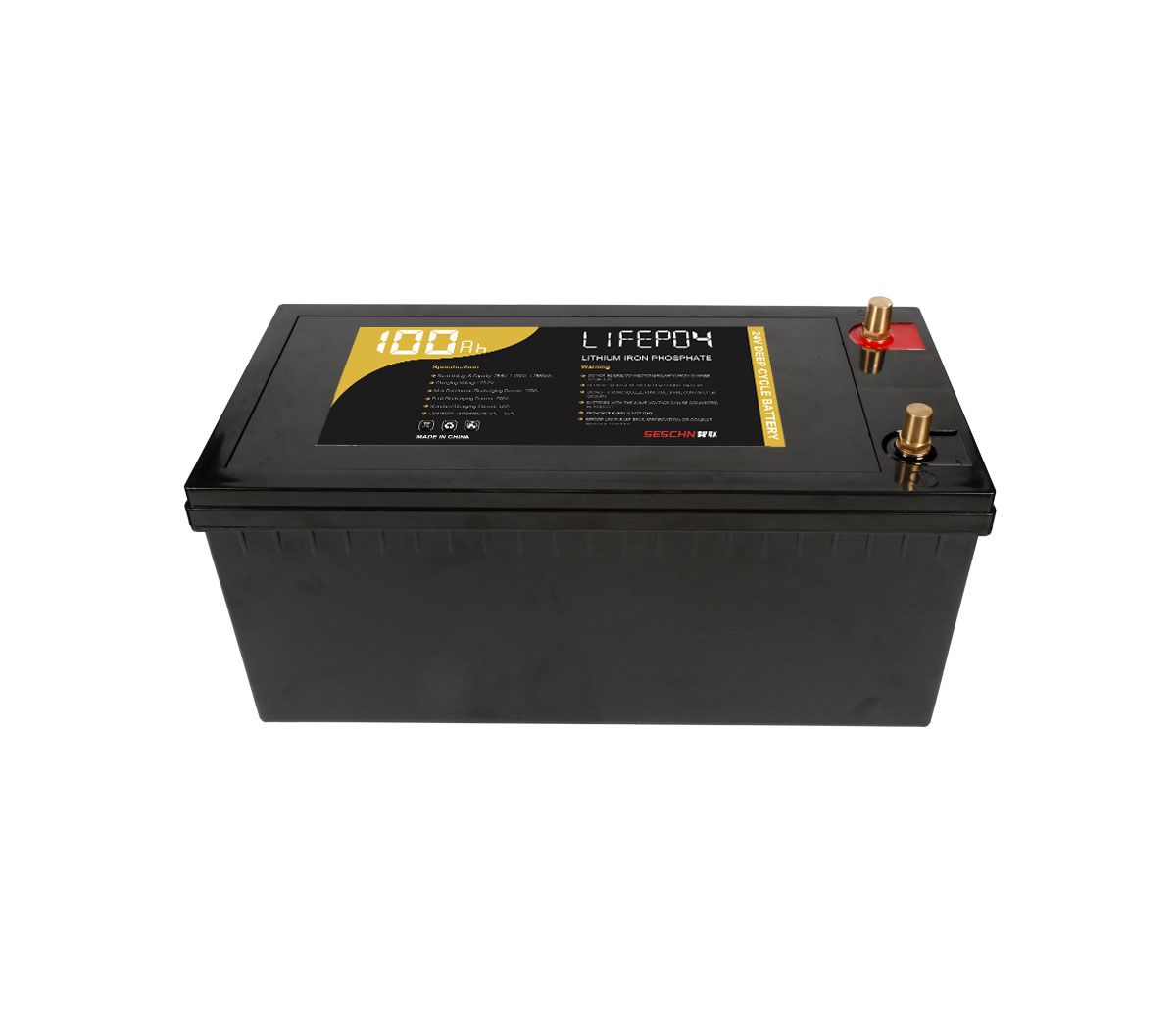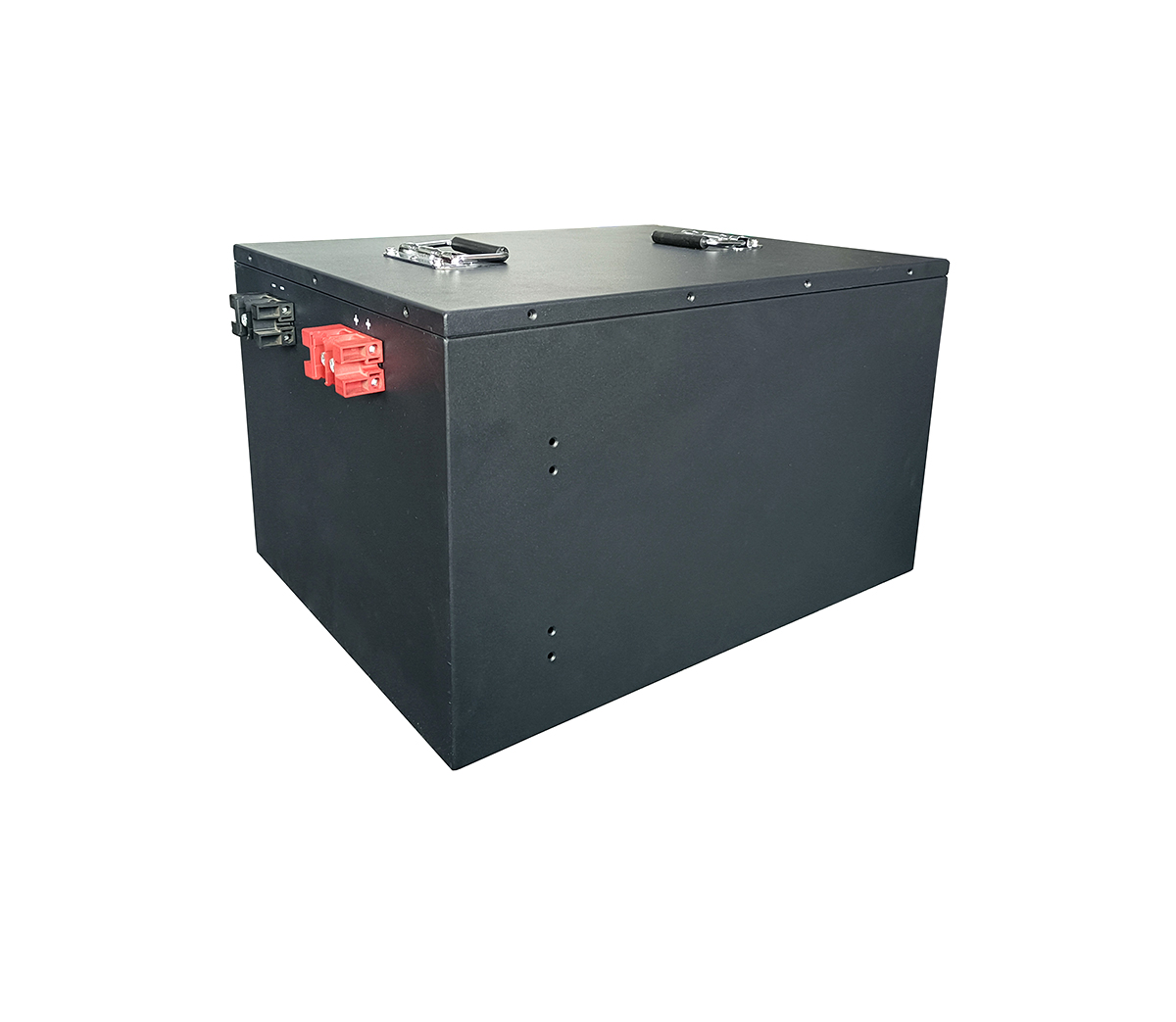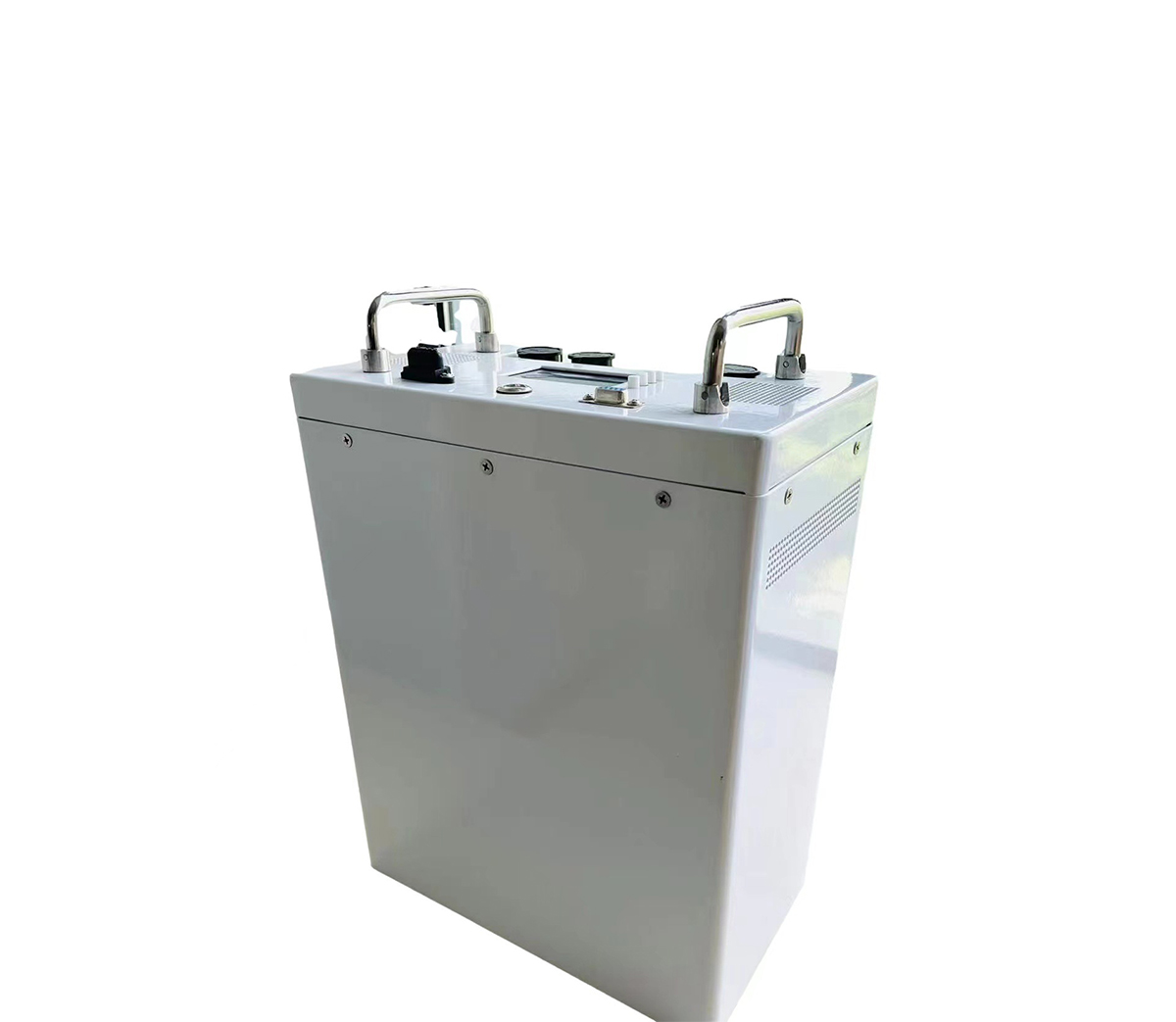The MIT Energy Initiative (MITEI) research team recently released a study.
The report predicts that energy storage technology and renewable energy will
play an important role in effectively building a deeply decarbonized power
system by 2050.
The report, "The Future of Energy Storage," recommends that governments
increase investment in planning, operating and regulating power systems. The
report focuses on emerging market and developing economies (EMDEs) with rapidly
growing electricity demand, such as India.
The report states that emerging market and developing economies (EMDEs)
must identify the use of energy storage systems to supplement power systems,
including generation, transmission and demand response. Many closed power plants
in the U.S., for example, could be turned into significant energy storage
facilities by replacing fossil-fuel power plants with thermal storage and new
steam generators.
According to the survey, the energy storage system can effectively reduce
the cost of the power system when it achieves the goal of deep decarbonization.
Battery storage systems will also help India and other emerging market and
developing economies (EMDEs) that rely on coal for power generation and lack
low-cost natural gas.
The research focuses on four important energy storage
technologies—electrochemical, thermal energy storage, chemical energy, and
mechanical energy. Studies have found that electrochemical energy storage
systems, including various batteries, have higher energy densities than
mechanical and thermal energy storage systems, but lower power densities than
chemical energy storage systems.
For example, lithium-ion batteries have higher energy and power densities,
as well as higher charge-discharge efficiencies. This energy-friendly nature of
lithium-ion batteries makes them the best solution for electric vehicles and is
mainly used for short-term energy storage (4 hours).
The study recommends making full use of steam turbines in existing power
plants and adding thermal storage and new steam generators as an alternative to
using fossil fuels to generate electricity. The focus in this direction should
be on establishing short-term thermal energy storage mechanisms that ultimately
reduce the cost of converting thermal energy into electricity.
Currently, many developing economies produce, transport and trade hydrogen
as a feedstock for industrial processes. Hydrogen production from water
electrolysis can support the decarbonization of the power sector. The study
lists hydrogen as the primary chemical energy storage.

The study focuses on supply constraints prevailing in some parts of India,
where off-grid electrification systems have attracted interest from private
developers and investment and financing institutions such as the World Bank.
In India, electricity loads are likely to grow faster than total energy due
to the adoption of energy-intensive equipment such as air conditioners and the
electrification of transport services, according to the International Energy
Agency (IEA), a red flag: IEA (IEA) forecasts that growth-driven energy
consumption could lead to an 81% increase in final energy use in India in 2040
compared to 2019.

The study classifies India as a demand-driven country, and understanding
demand growth and future electricity usage patterns is critical for energy
storage use cases. For example, India's renewable energy investment costs are
50% to 70% lower than in the United States due to a number of factors, including
cheap labor.
The study analyzes energy storage use cases in India using demand-side
modelling. The analysis distinguishes between established electricity end-uses
and emerging end-uses in India, such as air conditioning and electric vehicles
(EVs).
The study considers a baseline scenario based on forecasts of electricity
sales for currently available air conditioners and a high-efficiency scenario
assuming preferential adoption of high-efficiency air-conditioning units.
According to a survey by the International Energy Agency (IEA), the sales
weighted average of air conditioners in India is 3, while the global average is
4.
While central air-conditioning systems using efficiency measures such as
variable cooling are common in the US, the Indian market is dominated by
split-system air-conditioning units that are less expensive and less efficient.
The model uses NITI Aayog's estimates of future EV sales from 2018 and targets
set by the Indian government to meet EV charging demand.
The study predicts that the electricity demand for electric vehicle
charging in India is relatively modest compared to that of air conditioners,
both in terms of annual energy consumption and peak energy consumption. The
finding contrasts sharply with forecasts in advanced economies such as the
United States and Europe, where growth in electricity demand will come mainly
from electric vehicle charging, which will have implications for the long-term
development of the grid.
According to SES Power, India's huge population, accelerated
industrialization means that the demand for energy is very large, and government
targets to reduce carbon emissions, these two factors have led to very strong
growth in India's renewable energy market. Lithium battery energy storage
systems (off-grid, off-grid, microgrid) bring huge market opportunities. SES
Power has many Indian partners, and we provide them with high-quality customized
lithium-ion batteries. Home energy storage system HESS (3KW inverter output).
But cost is an inescapable proposition. SES Power insists on reducing costs at
the expense of safety. We usually make use of the price advantage of echelon
batteries to make SES Power's customized lithium-ion battery packs, on the basis
of guaranteed performance, able to Fully satisfy customers who are discerning
enough about price.
Combining energy storage systems with variable renewable energy is one of
the most promising solutions for the Indian power sector. According to another
report released by the World Bank in 2018, the total installed capacity of
various energy sources in India has increased from 154.7GW in 2007 to 345.5GW in
2018, and has become the third largest electricity producer in the world.




































